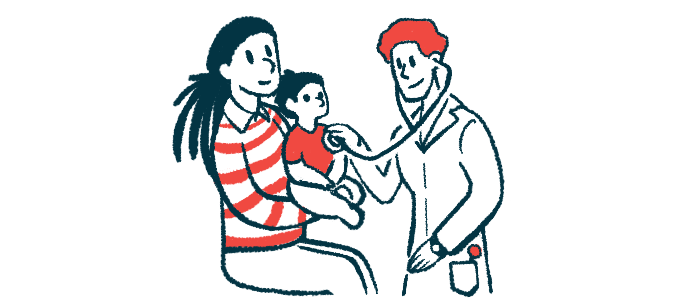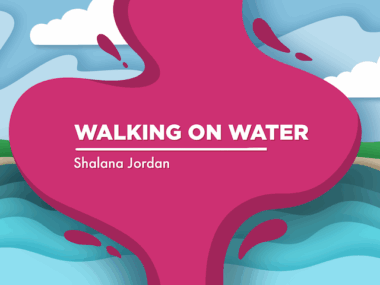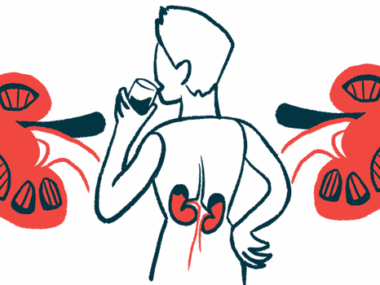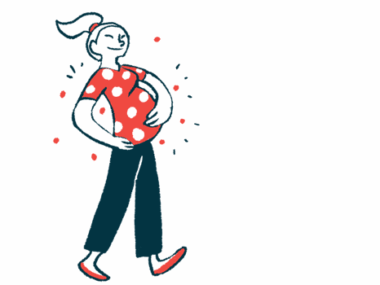Soliris found effective as aHUS drug for 5 children in India: Report
Therapy just approved in Asian nation this year for 2 rare diseases
Written by |

Short-term use of Soliris (eculizumab) in India — where the drug was approved just this year for treating two rare diseases — was effective for five children with atypical hemolytic uremic syndrome (aHUS), according to a new report.
While the antibody therapy has been approved as an aHUS drug for more than a decade in the U.S. and the European Union, it’s only recently become available in this Asian nation.
Here, a team of scientists described their own experiences using Soliris to treat five children, ages 5 months to 6 years, with the immune system disease.
According to the team, physicians in India will now have to weigh the potential risks and benefits of Soliris against other treatment options when making therapeutic decisions for individuals with aHUS.
The report, “Short-Term Efficacy of Eculizumab Therapy in Atypical Hemolytic Uremic Syndrome,” was published as a scientific letter in the Indian Journal of Pediatrics.
A rare disease marked by the formation of blood clots in the body’s small blood vessels, aHUS is caused by abnormal activity in the immune system’s complement cascade.
Most people with aHUS have genetic mutations that predispose them to complement abnormalities, but an immune trigger, such as an infection, is often needed for symptoms to appear.
The core aHUS features are hemolytic anemia, thrombocytopenia, and kidney failure. With hemolytic anemia, red blood cells are destroyed faster than they can be replaced. Thrombocytopenia is the medical term for abnormally low levels of platelets, which are the cell fragments that help the blood clot after an injury.
Soliris approved in US in 2011, but access to drug was limited in other regions
Developed by Alexion Pharmaceuticals, now part of AstraZeneca, Soliris is approved in many regions for treating aHUS and other complement-mediated disorders.
Given intravenously, or via infusions into the bloodstream, Soliris works to block the activity of the complement cascade that drives blood clot formation and related symptoms in aHUS. It does so by preventing the cleavage of the C5 complement protein into two components, one of which is known to be involved in clot formation.
In the U.S., Soliris was approved for aHUS in 2011, and biosimilars, which are essentially functionally equivalent to the brand-name medication, are also available.
Although this medication is a standard first-line therapy in developed countries, access to it in lower resource-limited areas, such as India, has been more limited.
First-line treatment in such regions is plasma exchange therapy, where plasma, the noncellular component of blood, is removed and replaced with that from a healthy donor. This enables the removal of problematic complement proteins from a patient’s bloodstream, while also adding in normal ones.
Early this year, however, Soliris was approved in India for treating people with aHUS and paroxysmal nocturnal hemoglobinuria, which is characterized by the destruction of blood cells.
Remission, recovery seen for all children within 3 weeks
Four of the children whose cases were discussed in the new report were switched to the treatment from plasma exchange therapy, while one received Soliris directly.
The treatment led to hematological remission — where disease-related blood abnormalities are resolved — and kidney recovery for all of the children within three weeks, according to the researchers.
Soliris was discontinued for all patients after 1.5 months to slightly longer than one year, for reasons that included sustained remission, severe infection, or identification of a particular genetic mutation that’s not as closely linked to the complement system.
Initiating and sustaining the therapy is challenging in low-resource settings due to high costs, delayed procurement and risk of infections.
Across the five patients, three had a relapse — two of whom resumed Soliris with a satisfactory response, per the report.
While Soliris was effective and helped avoid some of the possible complications of plasma exchange therapy, the researchers wrote that “initiating and sustaining the therapy is challenging in low-resource settings due to high costs, delayed procurement and risk of infections.”
Because Soliris influences immune system components that normally help the body fight off harmful invaders, the treatment requires certain vaccinations, preventive antibiotic medications, and vigilant monitoring for infections, the team also noted.
With Soliris now approved in India and accessible through the country’s rare disease scheme, “the choice between [plasma exchange] and [Soliris] must take into consideration these challenges and the balance of benefit over harm of either therapy,” the researchers wrote.







